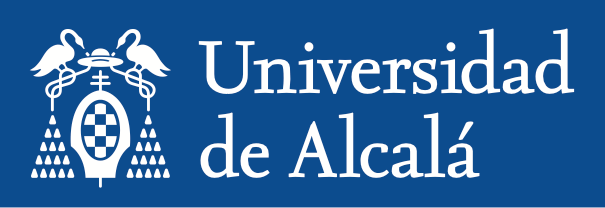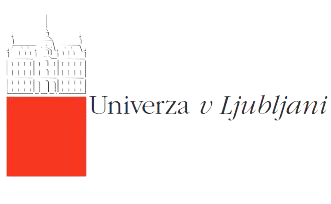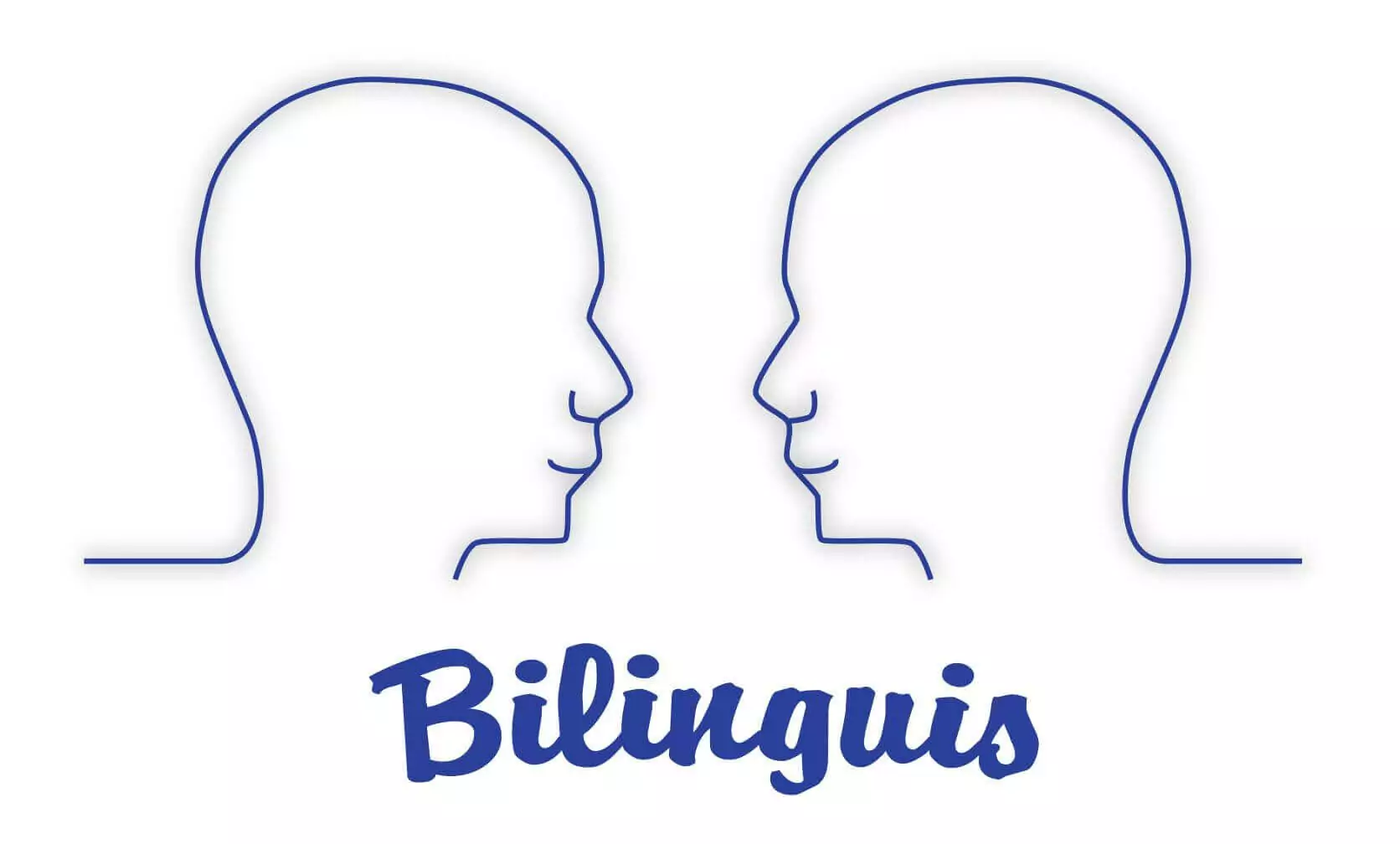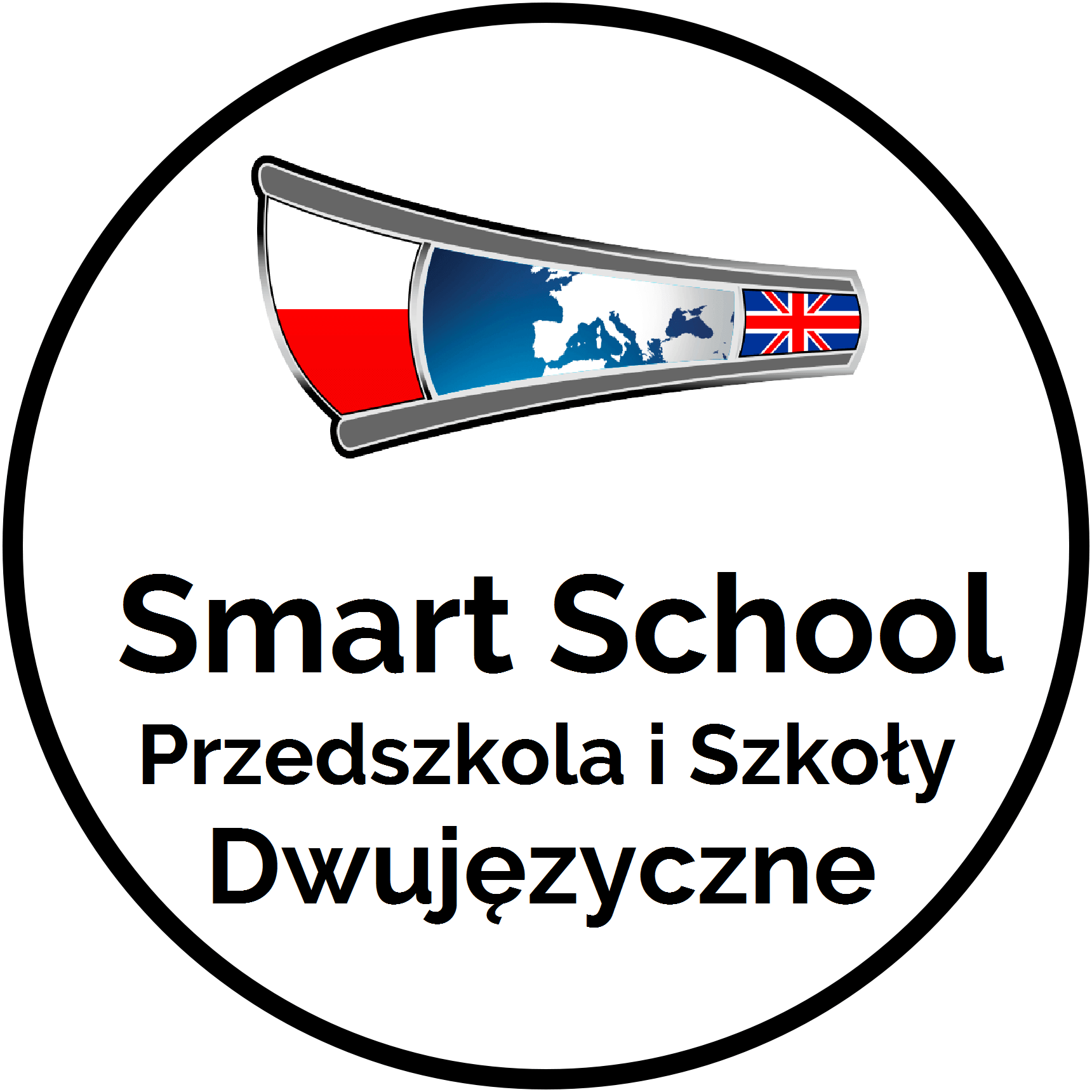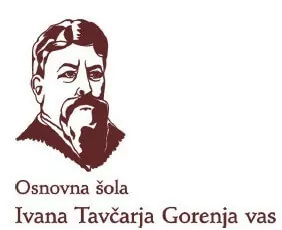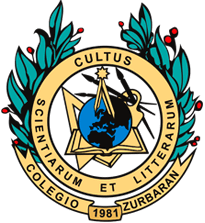KEY CONCEPTS
primary CLIL
literacy
Multilingualism – is “the coexistence of different languages at the social or individual level” (Council of Europe 2020, p. 28). Multilingualism seen as a societal phenomenon refers to the existence of languages in a given geographic area.
When considered as an individual characteristic, it indicates the repertoire of languages one possesses. Multilingual competence is also one of the eight key competences described in The Council Recommendation on key competences for lifelong learning (OJ C 189, 4.6.2018, p. 1.). Multilingual competence “provides a better understanding of other cultures, thus contributing to the development of citizenship and democratic competences” (The Council of the European Union, 2019, p. 15).
Multilingualism is also seen as a new linguistic dispensation embracing “language ideologies and policies, language education in all its dimensions, and the patterns of language use of communities and individuals. It also encompasses the systemic development and evolving status of the full spectrum of extant and emergent language varieties.” (Aronin & Singleton, 2012, p.43).
Plurilingualism – the Council of Europe distinguishes this term to denote “the dynamic and developing linguistic repertoire of an individual user/learner” (2020, p.28). Accordingly, a plurilingual individual is able to use his or her inter-related, changing and uneven plurilinguistic repertoire in order to:
“► switch from one language or dialect (or variety) to another;
► express oneself in one language (or dialect, or variety) and understand a person speaking another;
► call upon the knowledge of a number of languages (or dialects, or varieties) to make sense of a text;
► recognise words from a common international store in a new guise;
► mediate between individuals with no common language (or dialect, or variety), even with only a slight knowledge oneself;
► bring the whole of one’s linguistic equipment into play, experimenting with alternative forms of expression;
► exploit paralinguistics (mime, gesture, facial expression, etc.). Mediation between individuals with no common language is one of the activities in the list above” (Council of Europe 2020, p.28)
The individuals are also able to take advantage of their plurilinguistic repertoire by combining it with other general competences and strategies and, thanks to this, they may perform various tasks.
References
Aronin, L., & Singleton, D. (2012). Multilingualism. John Benjamins Publishing Company.
Council of Europe (2020) Common European Framework of Reference for Languages: Learning, Teaching, Assessment. Companion Volume with New Descriptors, Strasbourg: Council of Europe.
The Council of the European Union (2019) Council Recommendation of 22 May 2019 on a comprehensive approach to the teaching and learning of languages (2019/C 189/03)
Transferable skills – are often referred to as key life skills, 21st century skills, soft skills, transversal skills, socio-emotional skills (UNICEF 2019), basic skills, generic skills, employability skills, key skills or key competences, key qualifications, essential competences (Nägele & Stalder 2017), which “everyone should aspire to develop and maintain” (OECD 2005 p. 7). According to the Global Framework on Transferable Skills, “transferable skills work alongside knowledge and values to connect, reinforce, and develop other skills and build further knowledge” (UNICEF 2019, p.1). Transferable skills may have cross-curricular status, may be integrated into current curricular subjects or may become separate curriculum subjects (Nägele & Stalder 2017). Their development may take place through the following common areas (UNICEF 2019, p.25).:
- curricular disciplines (e.g. language, math, science)
- technical and vocational disciplines (e.g. carpentry)
- career education (e.g. career guidance, financial literacy)
- entrepreneurship education (e.g. goal setting, business planning)
- digital literacy (e.g. ICT, social media)
- health education (e.g. drug prevention, nutrition, hygiene)
- environmental education (e.g. water, climate change, recycling)
- emergency education (e.g. disaster risk reduction and risk informed programming)
- peace education (e.g. conflict resolution, negotiation)
- citizenship and civic education (e.g. citizenship, duties)
In this way, the learning of new language(s) is based on the language(s) one previously learnt, while skills and knowledge pertaining to language learning are transferred across the languages (Council of Europe, 2007, p. 26).
Effective development of transferrable skills calls for the alignment of curriculum as well as relevant pedagogical and assessment practices to cater for the needs of learners. There are various active learning strategies through which transferrable skills can be taught: e.g. class discussion, role play, debate, or reflection activities (UNICEF 2019).
References
Council of Europe (2007) From Linguistic Diversity To Plurilingual Education: Guide For The Development Of Language Education Policies In Europe (Executive Version). Strasbourg: Language Policy Division.
Nägele, C., & Stalder, B. E. (2017). Competence and the Need for Transferable Skills. Competence-Based Vocational & Professional Education, 739–753.
UNICEF (2019) Global Framework on Transferable Skills. NY: UNICEF Education Section, Programme Division 978-9-2806-5111-9
OECD (2005) The Definition and Selection of Key Competencies (DeSeCo project) Geneva: OECD Publishing.
